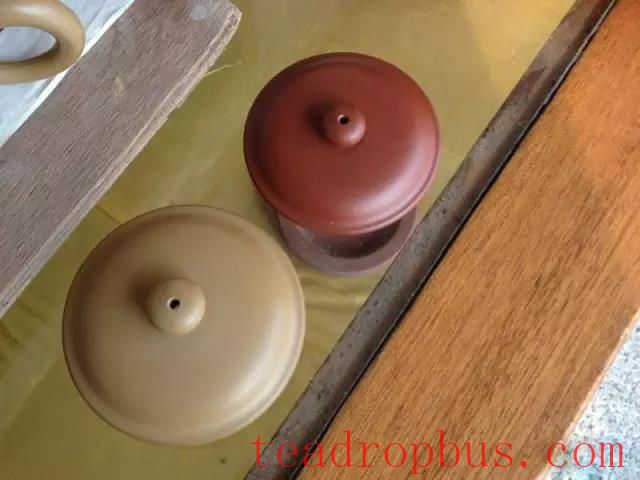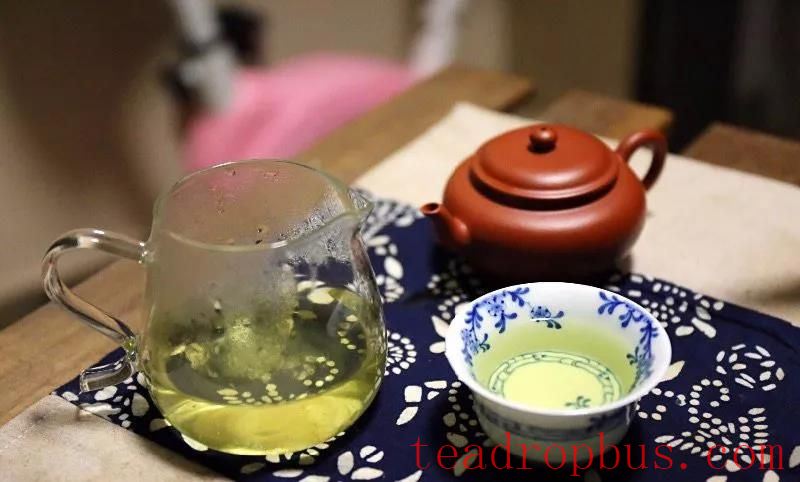What is Xiao Meiliao Zhuni? Could it be a type of Zhuni clay Teapot fired in a small coal kiln?
That's incorrect! The term “Xiao Meiliao” refers to a place name located about 500 meters away from Huanglong Mountain, not a method of firing the Teapots. The name comes from several small coal kilns used for firing bricks and Pottery jars in the past. This area has produced sparse quantities of Zhuni ore since the 1950s, but production was never significant. At that time, people did not favor Zhuni teapots, preferring instead to make larger-sized ones. Rarely were teapots made exclusively from Xiao Meiliao Zhuni; due to its strong viscosity, it was often mixed directly into purple clay (Pu Zini) or Qing clay to enhance the adhesion properties of the clay.

Xiao Meiliao Zhuni is a precious variety among the three major types of purple clay – red clay. Due to its high shrinkage ratio and high slurry content, finely ground ore will exhibit wrinkles after firing. At first glance, the surface of a teapot appears smooth, but upon closer inspection from the side, numerous fine, tightly packed natural shrinkage lines can be seen.
The firing temperature of Xiao Meiliao Zhuni is relatively low, around 1080 degrees Celsius, but its shrinkage ratio is as high as about 30%, resulting in an extremely low yield rate. It is very prone to warping, deformation, and cracking. This makes high demands on the skills of the potter when making teapots. When evaluating Zhuni teapots, one should not solely focus on refinement; craftsmanship must be considered in conjunction with the purity of the clay.

(Shrinkage comparison)
Characteristics of Xiao Meiliao Zhuni:
1. After firing, it exhibits a warm, orange-red color. Hot water instantly brings out its vivid crimson hue, which is both mysterious and captivating. Like a lotus standing in a pond, or a winter plum blossom in bud, it stands out uniquely, entrancing teapot enthusiasts with its charm. With prolonged use and care, the clay becomes lustrous and rich in depth, with layers of change that are a feast for the eyes.

2. It imparts excellent water color when used for brewing Tea, and the patina develops rapidly. After just two or three brews, a noticeable change in water color can be observed, eventually achieving a jade-like texture.
3. It is difficult to fire, with a success rate of only about 60% for smaller pieces, while larger-sized teapots are rarely made by purple clay artisans.